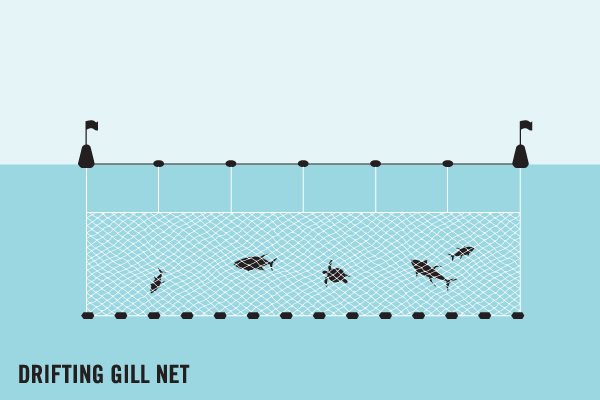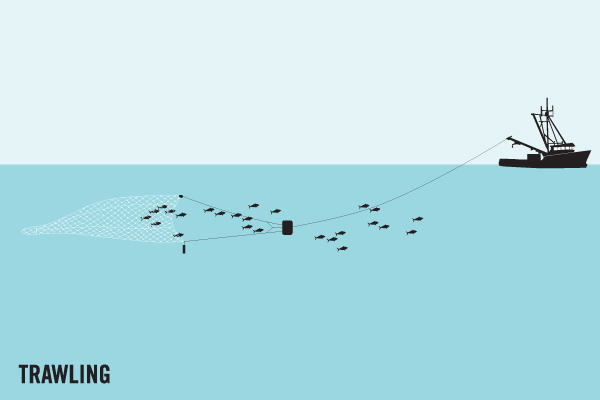Average Weight/Length
Other "Popular" Names for this Fish
Location Habitat
Biology & Physical Description
Geographic Species Map (Fishbase.org Map)
|
|

|
Summary of Distribution: Western Atlantic: extending northward to Massachusetts, USA and Bermuda and southward to southeastern Brazil, in Gulf of Mexico and Antilles. Most common in the Bahamas, off south Florida and throughout the Caribbean. Lutjanus ambiguus, an intergeneric hybrid with Lutjanus synagris |
|
Note: Distribution range colors indicate degree of suitability of habitat which can be interpreted as probabilities of occurrence (fishbase.org) |
|
Sport Fishing Techniques
|
|
Gill netsGill-nets are the dominant gear in the Indian Ocean. Gill-nets are used in artisanal and semi-industrial fisheries, contributing to 30-40% of the total catch. The net design is comprised of continuous panels of uniform mesh size, aimed to trap fish behind the gills. The International Sustainable Seafood Foundation (ISSF) notes that rates of sharks and turtle by-catch in Indian Ocean gill-net fisheries are high.. |
|
|
|
Kite Fishing (Trolling)Kite Fishing Trolling is when you are.... |
|
|
|
River DriftRiver Drift means to use the.... |
|
|
|
TrawlingTrawling is when.... |
|
Tackle & Baits
Game Rating
Game Rating : 8.5/10
Game Description :
Pound-for-pound, among the best of reef fishes. Because most are hooked high in the water column, they usually make long, strong runs. Yellowtail are masters at cutting lines on the edge of a dropoff, or fouling them on high reef growth.
Food Rating
Game Rating : 8/10
Game Description :
Excellent if fresh or well-iced.
Picture (Fish)
|
|
|
|
|
|
Picture Mount
|
|
|
|
|




















 Snapper - Yellowtail
Snapper - Yellowtail 












